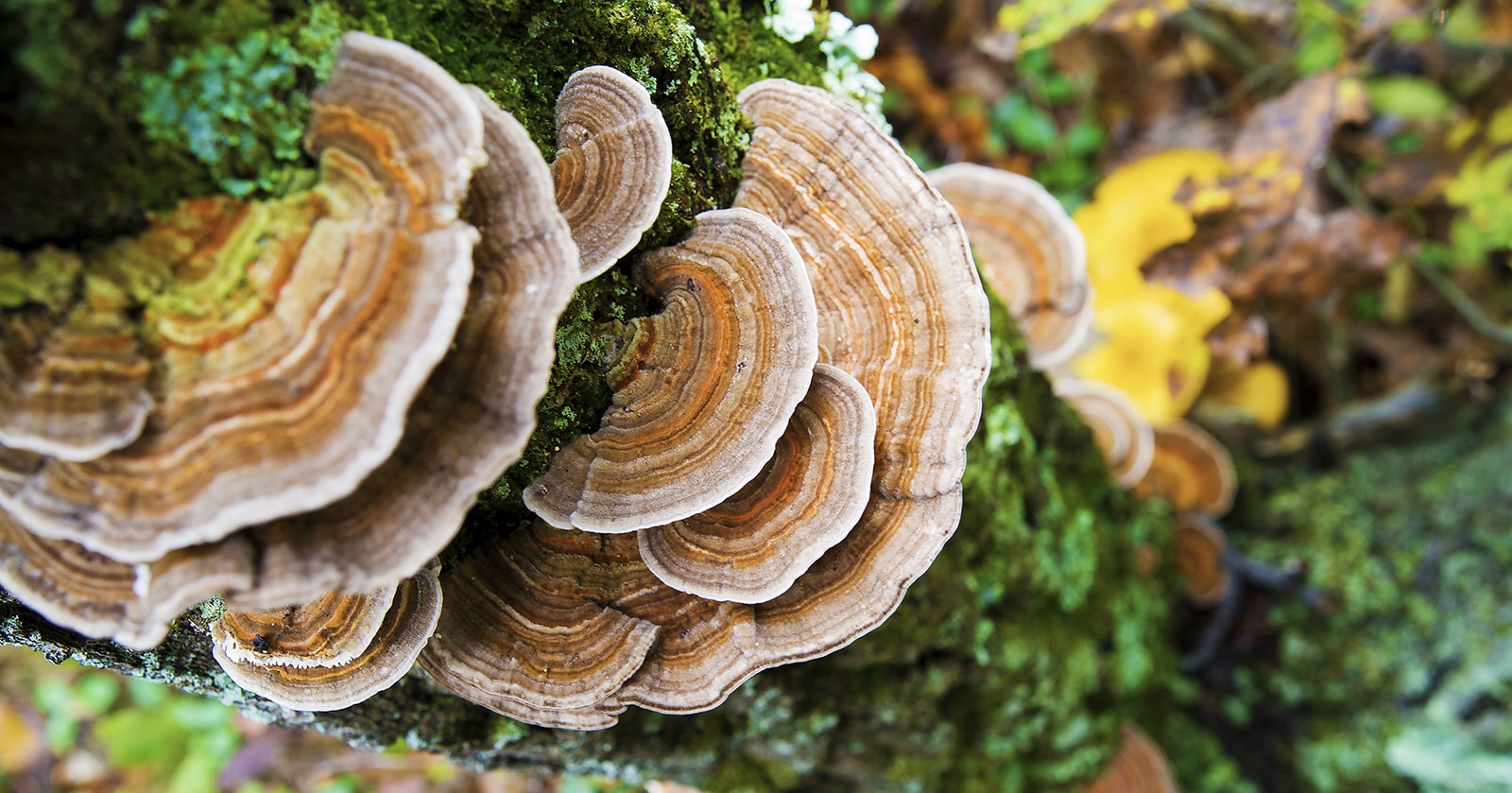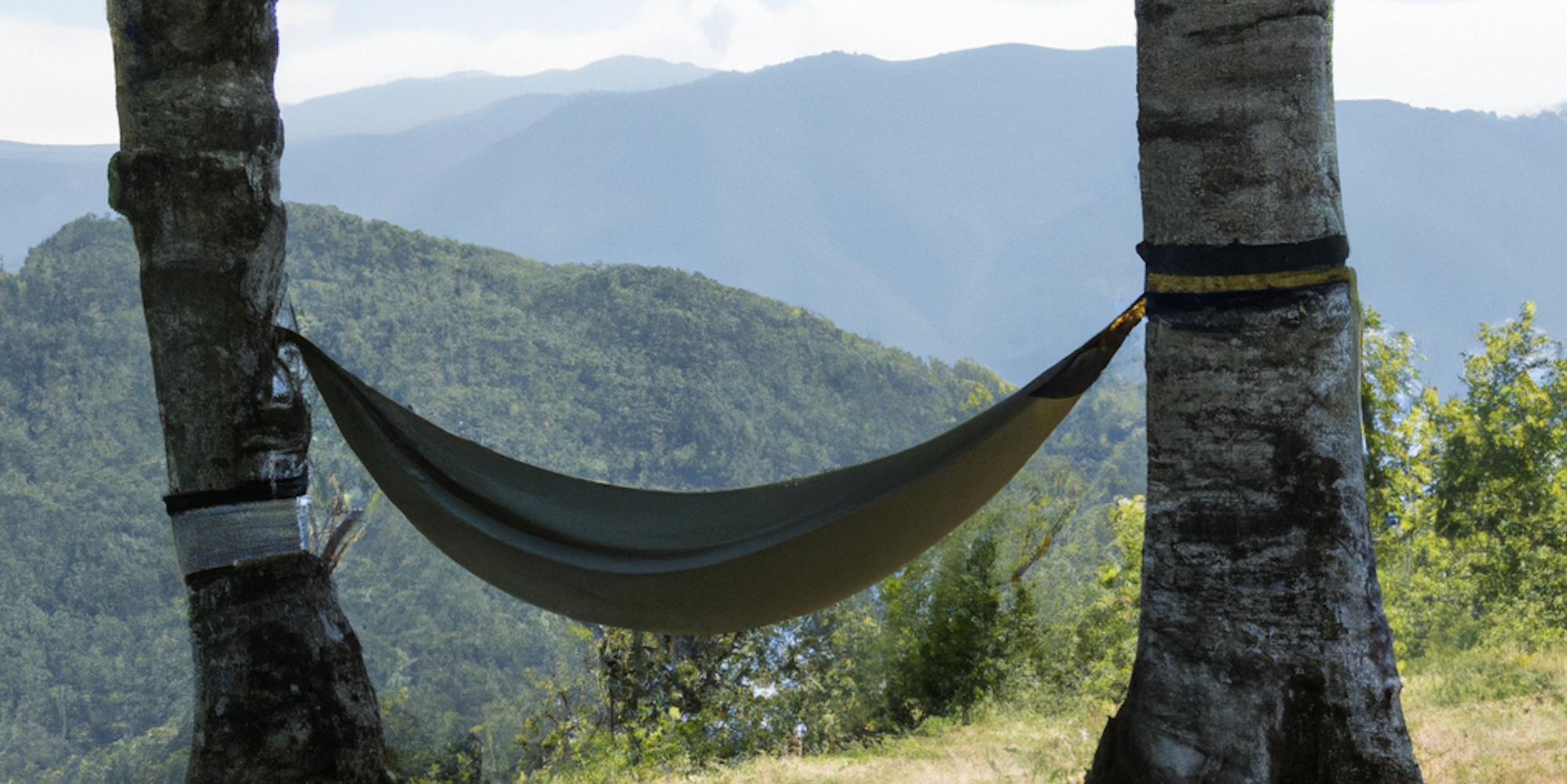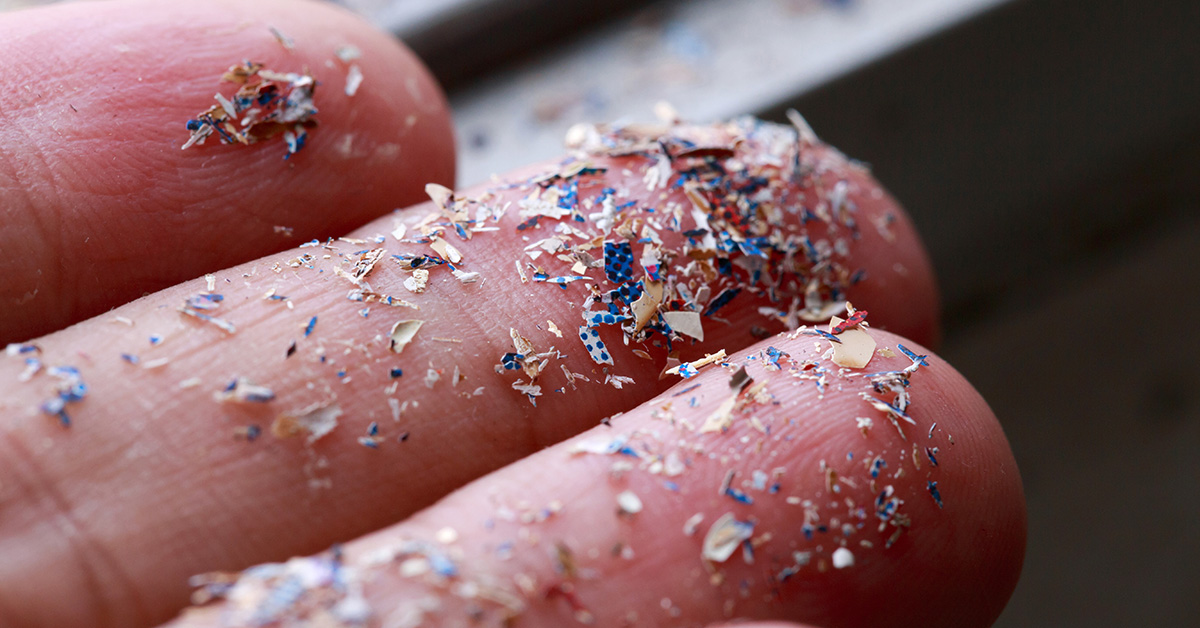Table of Contents

The Ultimate Guide To Turkey Tail Mushrooms
Medicinal Mushrooms are powerful natural medicines. They strengthen your health and help maintain vitality. While there are many potent medicinal mushrooms, none has been more scientifically studied and clinically monitored than the Turkey Tail mushroom. Scientifically it is known as Trametes versicolor, although the name Coriolus versicolor is also respected.
Widely used in eastern medicine, Turkey Tail mushrooms have highly active components that work gently with your body to improve health. They help fight diseases, viruses, cancer, and other immune-related illness. On top of this, they are also shown to help with a wide range of chronic diseases.
Most notably, Turkey Tail has gained popularity and is largely used worldwide for its ability to help fight cancer. While it is strongly preventative, it also helps with active cases. Synthesized compounds originally extracted from Turkey Tail are also prescribed for cancer treatment. Turkey Tail can be consumed in a variety of different forms ranging from tea, tinctures, powders, and capsules. It can also forage in almost any part of the northern hemisphere!
Medicinal Properties Of Turkey Tail
Turkey Tail is used traditionally in many parts of the world, but particularly known in eastern medicine. In China and Japan, hundreds of clinical studies have been conducted on its effects. It is the most studied medicinal mushroom in the world!
Health Benefits Of Turkey Tail
- Antitumor and Anticancer
- Improves Function of Blood Vessels
- Normalization of Spleen Function
- Immune Enhancement
- Prolongs Activity of Antibiotics
- Immune Enhancement
- Helps Against HIV
- Antiviral
- Antiherpes
- Hypertension
- Diabetes
- Anti-inflammatory
- Lower Cholesterol
- General Preventative Medicine
Active Components Of Turkey Tail
-
Beta-glucans are polysaccharides that stimulate and strengthen your immune system. While they may occur in a few plants, fungal beta-glucans are particularly powerful and unrivaled. In some respects, they cause a gentle “false alarm” that puts your body on high alert for unusual activity.
-
PSK and PSP are specific polysaccharides that are produced by Turkey Tail Mushrooms. These specific molecules have been tested in hundreds of clinical trials and have been shown to have powerful properties. They are particularly useful against cancer.
-
Krestin is a turkey-tail-derived compound approved for use by the Japanese government and is covered by all healthcare plans in the country. Over 400 clinical studies have been published showing their positive effects in patients fighting cancer.
Anti-Cancer Properties Of Turkey Tail
Compounds originating from Turkey Tail have been shown to help fight cancer via various mechanisms.
-
Turkey Tail helps slow the growth of tumors and prevents them from expanding. This is done by inhibiting the growth of a tumor and strengthening the other tissues around tumor cells.
-
Turkey Tail improves the immune system and general well-being of cancer patients.
When used in combination with traditional cancer treatments, Turkey Tail derived compounds have been shown to improve cancer survival rates For more information visit the National Cancer Institute webpage on Medicinal Mushrooms.
Immune Enhancing Properties
Fungal beta-glucans found in Turkey Tail bind directly to receptors on your immune cells. These immune cells trigger a widespread immune response that keeps your body on alert. This means that if any pathogen manages to pose a risk of infection, your body will be quick to respond. This makes it particularly useful as preventative medicine.
Antioxidant Properties
Turkey Tail mushrooms have been shown to have antioxidative properties that help against oxidative stress and free radicals.
How Do I Take Turkey Tail?
Turkey Tail can be consumed in a variety of ways, but should ideally be consumed daily over long periods. Many suggest consuming it before your first meal and before going to bed. Others recommend consuming it regularly during flu season and while traveling to avoid getting sick. Dosages may change depending on the product so always consult the recommendations of the producer.
Turkey Tail Can Be Found In The Following Forms:
-
Tinctures: Liquid extractions are usually administered with droppers. They can also be mixed with food/beverages.
-
Fresh/Dried: Can be brewed into a tea for 1-4 hours. This tea can last up to a week with proper refrigeration and storage.
-
Pills: Taken as recommended by producer or practitioner.
-
Activated Powders/Powdered Extracts: Can be easily mixed with food or beverages.
Foraging For Turkey Tail
Turkey Tail Mushrooms can be easily foraged in most forested parts of the northern hemisphere. Once you get a hang of their habitat, you can easily find them almost year-round.
They are not commonly sought after by mushroom hunters so patches are usually left untouched!
After harvesting they can be consumed, dried for storage, or prepared into medicine.
Where Does Turkey Tail Grow?
Turkey Tail Mushrooms grow in the forested regions of the northern hemisphere. They grow on decomposing trunks, branches, and other large woody materials. It may occur on living trees. Most often they occur on hardwoods but they have been reported on conifers. Unlike other mushrooms, you will never find Turkey Tail growing directly from the ground.
Oak, Maple, Birch, Sycamore, Beech, and Apple are some of the most common hosts.
What Does Turkey Tail Look Like?
Turkey Tail is a wood-rotting polypore mushroom. Polypores are mushrooms that are usually tough, shelf-like, and have miniature pores on their underside.
- Turkey Tail is flat, fan-shaped, and grows in clusters directly from wood.
- Its upper surface is striated with various colors. These can range from brown, grey, white, blue, and even purple.
- The undersurface should be completely white and have small visible pores.
- There should be 3-8 pores per mm. Any less than 3 you have a different species!
- The outer edge of the mushroom may or may not have a white margin.
- Its texture is tough and rubbery.
- The name Turkey Tail originates from its resemblance to a Turkeys Tail.
- Turkey Tail should be slightly hairy or velvety. This should slightly even glisten in the sun.
What Are Turkey Tail Lookalikes?
Turkey Tail is pretty easy to distinguish from its closest lookalikes. This makes them pretty safe when it comes to foraging. The most common lookalike are species are known as “False Turkey Tails” and belong to the genus Sterum. From above, False Turkey Tails can be extremely similar. Thankfully from below they are easy to distinguish.
False Turkey Tail can be easily recognized by:
-
From below they are completely smooth. The pores are invisible to the naked eye. In a real Turkey Tail, you will be able to see the pores!
-
They also tend to be thinner and more papery than Turkey Tail.
What Happens If You Eat False Turkey Tail?
Thankfully no Turkey Tail lookalikes are known to be toxic. Almost all polypores are safe to consume. False Turkey Tail is thought to have medicinal properties although this has not been significantly studied.
When Does Turkey Tail Grow?
Turkey Tail usually fruits during the rainy season. In the northern hemisphere, it is easily found from September to May depending on your climate. Turkey Tail may dry up during the summer seasons and can still be harvested. Avoid harvesting Turkey Tail with signs of insect damage, mold, and other growths.
How Do I Find Turkey Tail?
Go looking for Turkey Tail in forests and woodlands. Seek areas with moisture and inspect fallen logs. Where ever you find fallen trees are also a great place to look. Over time you will accumulate “spots” from which you can harvest every year! How Do I Harvest Turkey Tail?
-
It is best to harvest Turkey Tail once there is no evidence of new growth. New growth can be identified by a white margin on the superior surface of the mushroom.
-
Use a knife. Cut them from the surface of the log or growth substrate. Try to avoid getting any woody material or dirt.
-
Make sure to leave at least half so they may continue their natural process. Fruiting Conditions For Turkey Tail
Turkey Tail fruits whenever there is adequate moisture. It does best with temperatures ranging from 65-75 F and a humidity greater than 85%. Excessive humidity can cause condensation and irregular growth. Also, make sure there is adequate air exchange. Insufficient air exchange will result in long almost finger-like growths.
What Substrates Does Turkey Tail Like?
Turkey Tail likes hardwoods such as Oak, Maple, Birch, Apple, and other fruit trees. It does not grow well in coniferous woods. It also doesn’t grow well on straw, hay, coffee grounds, and other agricultural byproducts. Sawdust is preferable but you can grow Turkey Tail on wood chips, pellets, and other forms of hardwood. It can also be inoculated directly into logs.
Is Turkey Tail Edible?
Turkey Tail is not traditionally considered an edible mushroom. Its tissues are tough and practically indigestible. However, it can be boiled into a mushroom broth and removed before consumption.
Do Not Underestimate Turkey Tail
While today many people are easily allured into some of the more “photogenic” mushrooms like Reishi, Lions Mane, and Cordyceps, DO NOT underestimate the power of Turkey Tail. It is one of the most effective and potent medicinal mushrooms. Its effects are gentle but over time they are powerful!
There’s a reason it’s THE MOST studied medicinal mushroom in the world!
Sources:
Chu, Kevin KW, Susan SS Ho, and Albert HL Chow. “Coriolus versicolor: a medicinal mushroom with promising immunotherapeutic values.” The Journal of Clinical Pharmacology 42.9 (2002): 976-984.
Hobbs, Christopher. “Medicinal value of turkey tail fungus Trametes versicolor (L.: Fr.) Pilát (Aphyllophoromycetideae). A literature review.” International Journal of Medicinal Mushrooms 6.3 (2004).
Lo, Hui-Chen, Tai-Hao Hsu, and Chien-Hsing Lee. “Extracellular Polysaccharopeptides from Fermented Turkey Tail Medicinal Mushroom, Trametes versicolor (Agaricomycetes), Mitigate Oxidative Stress, Hyperglycemia, and Hyperlipidemia in Rats with Type 2 Diabetes Mellitus.” International Journal of Medicinal Mushrooms 22.5 (2020).
Jeong, Sang-Chul, et al. “Macrophage-stimulating activity of polysaccharides extracted from fruiting bodies of Coriolus versicolor (Turkey Tail Mushroom).” Journal of medicinal food 9.2 (2006): 175-181.


